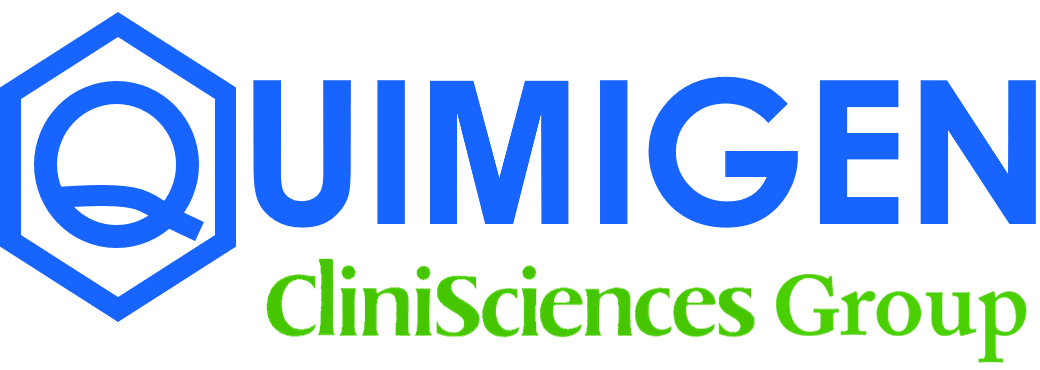Cholesterol and cholesteryl esters are fundamental components of lipid metabolism, playing essential roles in maintaining cellular membrane integrity, serving as precursors for steroid hormones, bile acids, and vitamin D, and influencing cardiovascular health. Accurate quantification of cholesterol and its esterified forms is crucial for understanding lipid homeostasis, diagnosing metabolic disorders, and evaluating therapeutic interventions. Assay kits designed to measure cholesterol and cholesteryl esters provide researchers and clinicians with reliable tools for these purposes.
Biochemical Basis of Cholesterol and Cholesteryl Ester Assays
Cholesterol in biological systems exists primarily in two forms: free cholesterol (FC) and cholesteryl esters (CE). Cholesteryl esters are cholesterol molecules esterified with fatty acids, which serve as storage or transport forms within lipoproteins. To measure total cholesterol (TC), cholesteryl esters are enzymatically hydrolyzed to free cholesterol by cholesterol esterase. The free cholesterol is then oxidized by cholesterol oxidase, producing hydrogen peroxide (H₂O₂). This H₂O₂ reacts with specific chromogenic or fluorogenic substrates to generate a measurable signal proportional to cholesterol concentration.
The concentration of cholesteryl esters can be calculated by subtracting free cholesterol levels from total cholesterol values.
Types of Cholesterol and Cholesteryl Ester Assay Kits
Colorimetric Assays rely on the enzymatic production of H₂O₂, which reacts with chromogenic substrates to form a colored product. This product’s absorbance is measured spectrophotometrically. These assays are straightforward, cost-effective, and compatible with standard laboratory equipment.
Fluorometric Assays utilize fluorogenic substrates that react with H₂O₂ to produce fluorescent products. These assays offer enhanced sensitivity and a broader dynamic range compared to colorimetric methods.
Applications in Lipid Metabolism Research and Clinical Diagnostics
- Metabolic Disease Research: Quantifying cholesterol and cholesteryl esters is essential for studying disorders such as atherosclerosis, non-alcoholic fatty liver disease (NAFLD), and metabolic syndrome. Alterations in free cholesterol to cholesteryl ester ratios can indicate dysregulated lipid metabolism.
- Drug Development: Assay kits are used to evaluate the efficacy of lipid-modulating drugs, including cholesterol absorption inhibitors, statins, and cholesteryl ester transfer protein (CETP) inhibitors.
- Clinical Diagnostics: Measurement of total cholesterol, HDL, LDL, and cholesteryl esters informs cardiovascular risk assessment and guides therapeutic decisions.
Assay kits for cholesterol and cholesteryl esters are vital tools for advancing our understanding of lipid metabolism and its role in health and disease. The choice of assay—colorimetric or fluorometric—depends on the required sensitivity, sample type, and available instrumentation. Together, these assays facilitate research into lipid-related disorders, support drug discovery, and enhance clinical diagnostics, ultimately contributing to improved management of metabolic and cardiovascular diseases.


